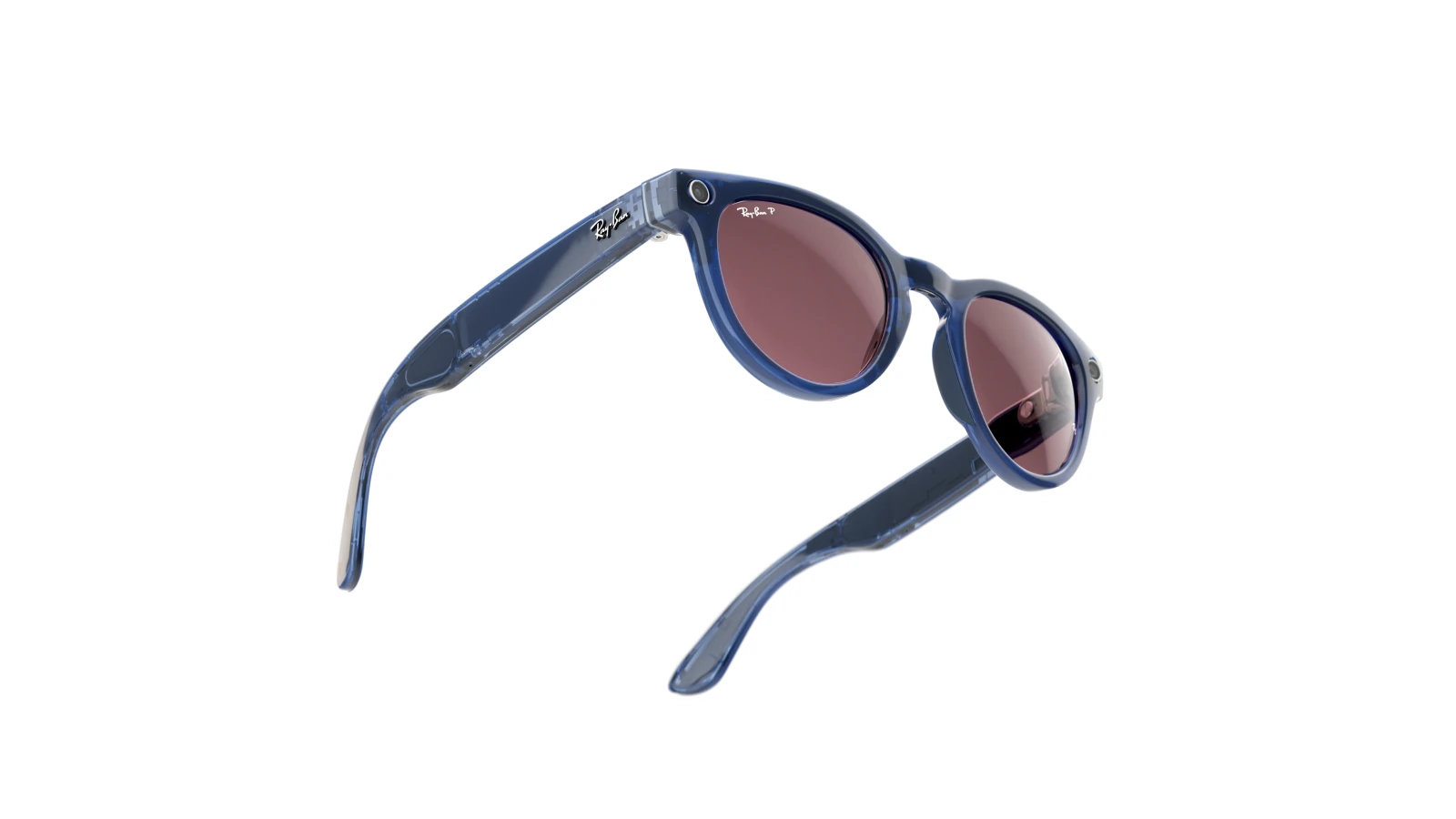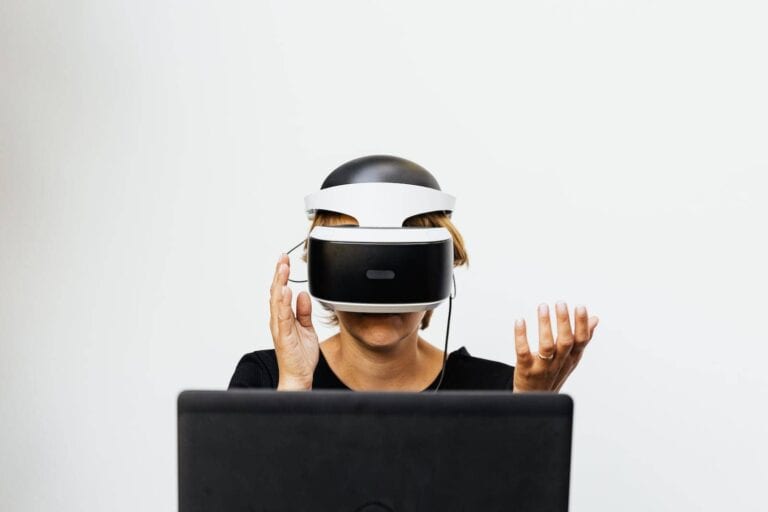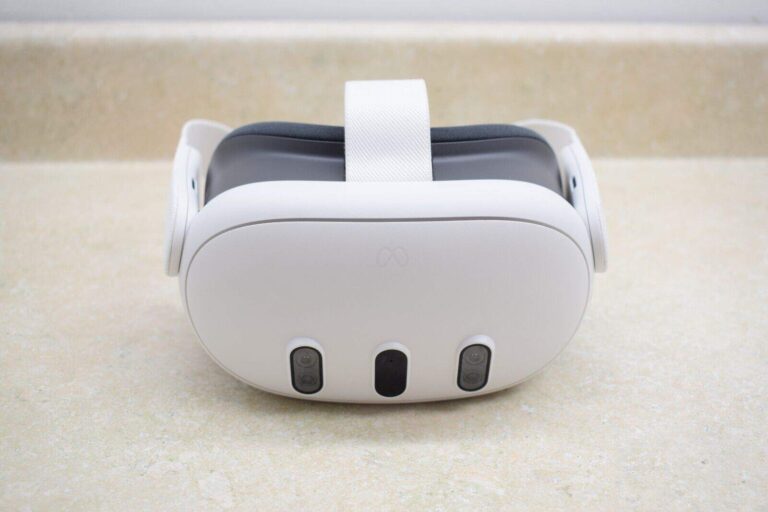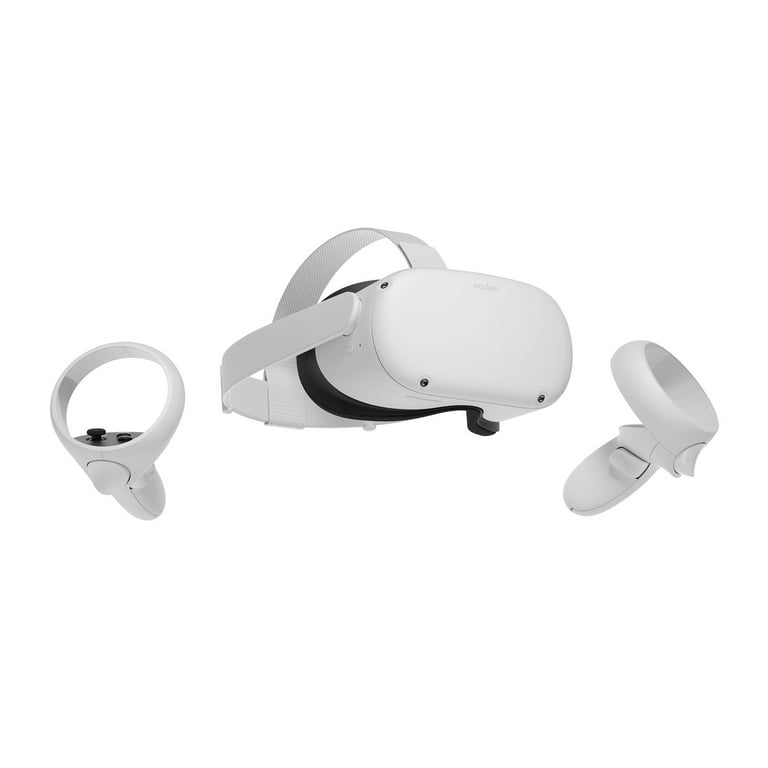
Smart glasses are revolutionizing the way we interact with technology and the world around us. These wearable devices combine the functionality of smartphones with the convenience of eyewear, offering a wide range of features. Smart glasses can record video, take pictures, play music, and even provide real-time language translation.
Many smart glasses models offer prescription lens options, making them suitable for users who require vision correction. They can also perform various tasks like mathematical calculations, text-to-speech for reading content aloud, and answering questions through integrated virtual assistants. Some advanced models even include augmented reality capabilities, allowing users to see digital information overlaid on their real-world environment.
As the technology continues to advance, smart glasses are becoming more sophisticated and user-friendly. They now offer improved battery life, sleeker designs, and enhanced connectivity options. These advancements make smart glasses an increasingly attractive option for tech-savvy consumers and professionals alike.
Smart Glasses: A Comprehensive Guide
What Can Smart Glasses Do?
Smart glasses are rapidly changing how we interact with technology and the world around us. They can provide information, enhance your surroundings with augmented reality (AR), capture photos and videos, and even help with everyday tasks. Here’s a breakdown of their capabilities:
- Vision Correction: Many smart glasses can be fitted with prescription lenses or accommodate prescription inserts, making them a practical option for those who need vision correction.
- Augmented Reality (AR): Experience the world in a new way with AR overlays that provide information about your surroundings, translate text, and offer interactive experiences.
- Capture Photos and Videos: Most smart glasses have built-in cameras, allowing you to capture photos and videos hands-free.
- Communication: Make and receive calls, send messages, and access voice assistants like Siri or Google Assistant.
- Entertainment: Enjoy music, audiobooks, and podcasts through built-in speakers or connected headphones.
- Information and Assistance: Get directions, find information online, receive notifications, and even get real-time language translation.
Common Questions About Smart Glasses
- Can smart glasses record video? Yes, many smart glasses have built-in cameras that can record video.
- Can smart glasses correct vision? Yes, some smart glasses can be fitted with prescription lenses or accommodate prescription inserts.
- Can smart glasses translate text? Yes, some smart glasses can translate text displayed in the real world using augmented reality (AR) overlays.
- Can smart glasses take pictures? Yes, if they have a built-in camera, they can take pictures.
- Can smart glasses translate language? Yes, some have real-time translation features for both spoken and written language.
- Can smart glasses be prescription? Yes, many models either accept prescription inserts or can be fitted with prescription lenses.
- Can smart glasses have prescription lenses? Yes, see above.
- Can smart glasses do math? Yes, with the right software, smart glasses can perform calculations and solve math problems.
- Can smart glasses read to you? Yes, they can often read text aloud using text-to-speech technology.
- Can smart glasses answer questions? Yes, they can access information from the internet and provide answers to questions.
- Can smart glasses play music? Yes, many can play music via Bluetooth connection to your phone or built-in storage.
- Can smart glasses record? Yes, most have microphones and can record audio.
- Can smart glasses translate? Yes, see above.
- Can smart glasses zoom? Some models have digital zoom capabilities through their cameras.
- Can smart glasses solve math problems? Yes, see above.
- Do smart glasses have a HUD? Yes, a HUD (Heads-Up Display) is a core feature projecting information onto the lens.
- Do smart glasses have a display? Yes, they have a display, often projected onto the lens or a small screen in the frame.
- Does smart glass use a lot of electricity? This varies, but they generally use less power than a smartphone.
- Does smart glass work at night? Yes, although some features like AR might be less effective in low light.
- Can you get smart glasses with a prescription? Yes, many manufacturers offer prescription options.
- What all can smart glasses do? See the list above!
- Are smart glasses safe? Generally, yes, but extended use could cause eye strain, and they can be distracting while driving. Privacy is also a concern due to the cameras.
Choosing the Right Smart Glasses
With a growing market of smart glasses, it can be tough to choose the right pair. Consider these factors:
- Features: What do you want your smart glasses to do? Prioritize features like AR, camera quality, or fitness tracking.
- Comfort and Fit: Make sure the glasses are comfortable to wear for extended periods and fit your face well.
- Battery Life: Consider how long the battery lasts, especially if you plan to use features like AR or video recording.
- Price: Smart glasses range in price, so set a budget and find the best value for your needs.
- Style: Smart glasses come in various styles, from sporty to fashionable. Choose a style that suits your taste.
| Feature | Description |
|---|---|
| Display | How information is presented (e.g., projected on the lens, small screen) |
| Camera | Quality and capabilities (e.g., photo, video, AR) |
| Audio | Speaker quality, microphone, noise cancellation |
| Connectivity | Bluetooth, Wi-Fi |
| Battery Life | How long the glasses last on a single charge |
| Compatibility | Compatibility with your smartphone (iOS or Android) |
| Comfort | Weight, fit, adjustability |
| Style | Design and aesthetics |
| Price | Cost of the smart glasses |
| Special Features | Unique features like fitness tracking, health monitoring, or gaming capabilities |
Smart Glasses and Privacy
Smart glasses with cameras raise privacy concerns. Always be mindful of your surroundings and respect others’ privacy when using smart glasses in public. Some tips for responsible use include:
- Be aware of recording indicators: Many smart glasses have lights that indicate when the camera is recording.
- Inform others: Let people know you are wearing smart glasses with a camera.
- Respect privacy: Avoid recording people without their consent.
- Follow laws and regulations: Be aware of local laws regarding recording in public spaces.
- Store recordings responsibly: Protect your recordings and avoid sharing them without consent.
By using smart glasses responsibly and ethically, you can enjoy their benefits while respecting the privacy of those around you.
Exploring the Future of Smart Eyewear
While current smart glasses offer impressive capabilities, the future of smart eyewear promises even more exciting advancements. Researchers and tech companies are actively developing new technologies and features that could revolutionize how we see and interact with the world.
Advanced Displays and Optics
Emerging display technologies like holographic and retinal projection could create more immersive and realistic AR experiences. Imagine seeing 3D holograms seamlessly integrated into your surroundings or receiving information displayed directly onto your retina.
Enhanced Sensing and Biometric Tracking
Future smart glasses may incorporate advanced sensors to track not only your surroundings but also your health and biometrics. This could include monitoring your heart rate, eye movements, and even brain activity, opening up new possibilities for health monitoring and personalized experiences.
Brain-Computer Interfaces
While still in early stages of development, brain-computer interfaces (BCIs) could eventually be integrated into smart glasses. This technology would allow you to control the glasses and other devices with your thoughts, creating a seamless and intuitive interaction with technology.
Fashion and Social Integration
As smart glasses become more commonplace, their design and social acceptance will continue to evolve. We can expect to see more fashionable and discreet designs that seamlessly integrate into everyday life, blurring the lines between technology and fashion accessories.
The future of smart eyewear is full of potential, with advancements in display technology, sensing capabilities, and even brain-computer interfaces promising to transform how we see and interact with the world around us.
Key Takeaways
- Smart glasses combine smartphone features with eyewear convenience
- They offer functions like video recording, photography, and language translation
- Advanced models include augmented reality and virtual assistant capabilities
The Fundamentals of Smart Glasses
Smart glasses are becoming more than just a futuristic idea. They can help people with vision impairments and provide real-time language translation. Big tech companies are putting a lot of money into research to develop features like holographic displays and brain-computer interfaces. However, we must think about the ethical issues, especially concerning privacy and data security, as these devices become more advanced and part of our daily lives.
Smart glasses blend advanced technology with everyday eyewear. These devices offer features like augmented reality, video recording, and connectivity, pushing the boundaries of wearable tech.
Defining Smart Glasses
Smart glasses are wearable devices that look like regular eyeglasses but have built-in electronics. They display information directly in the user’s field of vision. Many models include cameras, microphones, and speakers.
Smart glasses can show notifications, provide directions, and even overlay digital content onto the real world. Some pairs work independently, while others connect to smartphones or other devices.
The key feature of smart glasses is their ability to blend the digital and physical worlds seamlessly. This makes them useful for various applications, from entertainment to professional use.
History and Evolution
The concept of smart glasses dates back to the 1960s. Early prototypes were bulky and impractical. The first commercially available smart glasses emerged in the 2010s.
Google Glass, launched in 2013, brought smart glasses into the spotlight. It faced privacy concerns and limited adoption. Since then, many companies have entered the market with improved designs.
Recent models focus on sleeker looks and more practical features. Brands like Vuzix, North, and Epson have released smart glasses for specific uses, such as industrial work or sports.
The technology continues to advance. New models offer better displays, longer battery life, and more powerful processors. This evolution is making smart glasses more appealing to consumers and businesses alike.
The Core Technologies
Smart glasses rely on several key technologies. Miniature displays project images onto the lenses or directly into the user’s eyes. These can be LCD, OLED, or laser-based systems.
Sensors are crucial for smart glasses. They include accelerometers, gyroscopes, and cameras. These help the glasses understand their position and the user’s environment.
Many smart glasses use augmented reality (AR) technology. This overlays digital information onto the real world. It requires powerful processors to handle real-time image processing.
Connectivity is another vital aspect. Wi-Fi and Bluetooth allow smart glasses to link with other devices. Some models include cellular connectivity for standalone use.
Voice recognition and touch controls make smart glasses easier to use. Advanced models may also include eye-tracking technology for hands-free operation.
Smart Glasses Capabilities and Functions
Smart glasses offer a wide array of features that blend digital technology with everyday eyewear. These devices enhance visual perception, provide audio assistance, connect to other devices, and offer language and educational support.
Visual Assistance and Augmented Reality
Smart glasses excel in visual enhancements. Many models can take pictures and record video, capturing moments hands-free. Some glasses incorporate zoom capabilities, allowing users to magnify distant objects.
Augmented reality (AR) is a key feature. AR overlays digital information onto the real world, enhancing the wearer’s view. This can include navigation directions, product information, or even virtual objects in the user’s environment.
For those needing vision correction, some smart glasses can be fitted with prescription lenses. This combines the benefits of regular glasses with advanced technology.
Audio and Voice Integration
Audio capabilities are crucial in smart glasses. Many models include built-in speakers or bone conduction technology for discreet sound delivery. This allows users to listen to music, podcasts, or phone calls without traditional earphones.
Voice assistants like Alexa are often integrated, enabling hands-free control. Users can ask questions, set reminders, or control smart home devices using voice commands.
Some smart glasses can read text aloud, assisting those with visual impairments or providing convenience for multitasking.
Connectivity and Companion Apps
Bluetooth connectivity is standard in most smart glasses. This allows for seamless pairing with smartphones and other devices.
Companion apps expand the functionality of smart glasses. These apps can control settings, manage data, and enable additional features.
Some glasses can display notifications from a connected smartphone, keeping users informed without the need to check their phone constantly.
Language Translation and Educational Features
Language translation is an exciting feature of some smart glasses. They can translate text in real-time, displaying translations directly in the user’s field of view.
Educational applications are diverse. Some glasses can perform mathematical calculations or provide instant information on various subjects.
For language learners, smart glasses can offer immersive experiences, such as real-time translations of conversations or displaying vocabulary definitions.
Design, Accessibility, and User Experience
Smart glasses blend style with functionality. They offer visual correction, comfort, and innovative features in sleek frames.
Aesthetic and Stylish Offerings
Ray-Ban Meta smart glasses lead the pack in stylish design. These frames look like regular sunglasses but pack advanced technology. Amazon Echo Frames also offer a discreet, classic appearance.
Many smart glasses come in various colors and styles. Some models feature customizable frames and lenses. This allows users to match their personal style preferences.
Ray-Ban Stories, for example, come in 20 style combinations. Users can choose from classic Wayfarer shapes or round frames.
Prescription Integration and Visual Correction
Smart glasses can incorporate prescription lenses. This feature eliminates the need for separate eyewear. Users with vision problems can enjoy clear sight and smart functions in one device.
Some models, like Xreal Air 2, offer diopter adjustment. This allows users to fine-tune visual clarity without prescription lenses.
Smart glasses with visual correction capabilities can display information clearly. Text, images, and notifications appear crisp and legible.
Comfort and Wearability
Comfort is crucial for all-day wear. Smart glasses designers focus on lightweight materials and ergonomic shapes. This ensures users can wear them for extended periods without discomfort.
Weight distribution is key. Balanced frames prevent pressure points on the nose and ears. Some models use adjustable nose pads and temple tips for a custom fit.
Battery life impacts wearability. Longer-lasting batteries mean less frequent charging. This enhances the user experience for daily wear.
Ethical Considerations and User Privacy
Smart glasses raise important privacy and ethical issues. Users and bystanders must understand the implications of this technology.
Privacy Policies and User Consent
Smart glasses manufacturers typically have privacy policies outlining data collection and usage practices. These policies explain what information is gathered, how it’s stored, and who can access it. Users should review these documents carefully before using smart glasses.
Many companies require users to agree to terms of service. These terms may grant permission to collect data like location, voice recordings, or visual information. It’s crucial for users to understand what they’re consenting to.
Some smart glasses have features allowing users to control privacy settings. This can include options to disable certain data collection or limit information sharing. Users should explore these settings to align the device with their comfort level.
Managing Privacy Concerns with Wearable Cameras
Smart glasses with cameras pose unique privacy challenges. The ability to record video or take photos discreetly can make others uncomfortable. Some models have indicator lights to show when recording is active. This helps bystanders know if they’re being filmed.
Users should be mindful of local laws regarding recording in public spaces. Some areas have restrictions on filming without consent. Smart glasses wearers should respect others’ privacy and ask permission before recording.
To address concerns, some manufacturers have implemented safeguards. These can include time limits on recording or requiring verbal commands to activate the camera. Such features aim to balance functionality with privacy protection.
Frequently Asked Questions
Smart glasses offer a range of features and capabilities. Users often have questions about their functionality and potential applications. Here are answers to some common queries about smart glasses.
Is it possible to record video using smart glasses and if so, for how long?
Many smart glasses models can record video. Recording times vary by device. Some can capture 30-second clips, while others record for several minutes. Battery life and storage capacity affect recording duration.
Storage space typically limits video length more than battery life. Most smart glasses have 4-32 GB of internal storage. This allows for 30-60 minutes of video recording before filling up.
Can smart glasses be equipped with prescription lenses to correct vision?
Yes, many smart glasses can be fitted with prescription lenses. Companies like Ray-Ban offer prescription options for their smart glasses models. Users can get their prescription added during the ordering process.
Some brands partner with optical shops for lens fitting. Others allow customers to send in their frames for prescription lens installation. This makes smart glasses accessible to those who need vision correction.
Are smart glasses capable of translating text in real-time?
Some advanced smart glasses models offer real-time text translation. They use cameras to capture text and display translations on the lenses. This feature is useful for travelers and language learners.
Translation quality and speed depend on the device’s processing power and software. High-end models provide faster, more accurate translations. Basic models may have limited language options or slower processing times.
How do smart glasses execute the function of taking pictures?
Smart glasses typically use built-in cameras to take photos. Users activate the camera through voice commands, buttons, or touch controls on the frame. The glasses then capture what the wearer sees.
Photo quality varies by model. Basic smart glasses may take low-resolution photos. Premium models offer higher megapixel counts and better image processing. Some even feature multiple cameras for different angles or 3D imaging.
Do smart glasses offer an option to zoom on live visuals?
Some smart glasses models include digital zoom functionality. This allows wearers to magnify their view of distant objects. Zoom is typically activated through voice commands or touch controls on the frame.
Zoom quality depends on the device’s camera and display capabilities. High-end models offer clearer zoomed images. Basic models may have limited zoom range or lower image quality when zoomed in.
Is there a feature that allows smart glasses to translate spoken languages?
Advanced smart glasses can translate spoken languages in real-time. They use microphones to capture speech and provide translations through speakers or bone conduction audio. This feature aids in cross-language communication.
Translation accuracy varies by model and language pair. Common languages often have better results. Rare languages may have limited support or lower accuracy. Environmental factors like background noise can affect performance.





